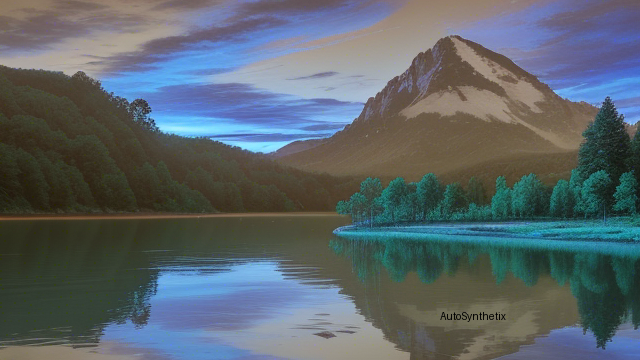The dynamic advancements within Artificial Intelligence (AI), particularly in the realm of Deep Learning techniques, continue astounding researchers worldwide. One significant area where these leaps forward manifest profoundly is 'Computer Vision' - the ability for machines to interpret and understand digital imagery just like humans do instinctually. Among numerous subdivisions under this umbrella, 'Real Image Restoration', reconstructing distorted photographs into their pristine versions, remains a challenging endeavor due largely to varying degrees of corruption inflicted upon them. A recent breakthrough published at arXiv offers promising solutions through a unique blend of proactive preparation methods coupled with selective fine-tuning strategies, collectively termed "contribution-based low-rank adaptation" (CoLoRA).
This groundbreaking study led by Dongwon Park, Hayeon Kim, and Se Young Chun from IPAI, INMC at Seoul National University, revolves around two key concepts - CoLoRA itself, a highly refined parametric adjustment process; and PROD, a Random Order Degradations initiative designed explicitly for enhancing pre-existing training models. The team's objective lay primarily in overcoming traditional limitations associated with conventional approaches towards tweaking entire neural networks while simultaneously addressing practical concerns related to resource constraints often encountered during field deployments.
Conventionally, most deep learning systems require complete reconfiguration, popularly referred to as "fine-tuning", whenever exposed to fresh challenges or newly acquired knowledge domains. However, this extensive recalibration comes at a cost – increased computational complexity exacerbated further amidst restricted hardware resources prevalent in many real-time scenarios. To circumvent this dilemma, the research introduces the concept of 'efficient parameter tuning'. This innovative tactic focuses solely on optimizing critical segments rather than exhaustively revamping the whole system architecture.
At the heart of this mechanism lies 'LoRa', short for 'Low Rank Adaptation.' By intelligently identifying specific layers demanding alterations based on individualized task requirements, CoLoRA ensures optimal utilization of computing power without compromising overall efficiency significantly differentiated compared to comprehensive retouching efforts. Consequently, the proposed framework manages to strike an ideal balance between accuracy levels attained after complete retraining versus more economical alternatives involving minimalistic parameter modifications.
However, the efficacy of any machine learning algorithm heavily relies on the quality and relevancy of initial training sets employed during development stages. While generative adversarial nets (GANs)-synthesized environments offer plausible simulators, they may fall short in fully capturing intricate nuances inherent exclusively in naturally sourced photo collections. Thus enters another pivotal aspect - 'Random Order Degradations' (PROD). Designed specifically to bolster existing pre-trained models' capabilities, PROD aims to address disparities stemming out of synthetic vs actual world exposure by fostering enhanced generalizability across varied noisy conditions ensuing higher resilience against unforeseen environmental fluctuations commonly experienced outside controlled laboratory settings.
Combining these elements, the duo of CoLoRA and PROD demonstrates impressive outcomes across several benchmark evaluations spanning distinct kinds of impairments afflicting test samples drawn indiscriminately either synthetically generated databases or authentic field recordings. As per project documentation available online, this pioneering work showcases considerable prowess in handling myriad image recovery assignments irrespective of source material origins convincingly proving its versatility amidst today’s evolving technological landscape.
To conclude, the collaborative effort spearheaded by Park et al., instills hope in further advancing cutting-edge technology aimed at deciphering complex visual cues embedded deeply within photographic media regardless of provenance discrepancies. Their groundwork promises transformative potential for future generations of automated imaging technologies catering seamlessly to both lab-centric experimenters as much as frontline practitioners grappling daily with raw reality's idiosyncrasies.
Source arXiv: http://arxiv.org/abs/2408.01099v1
